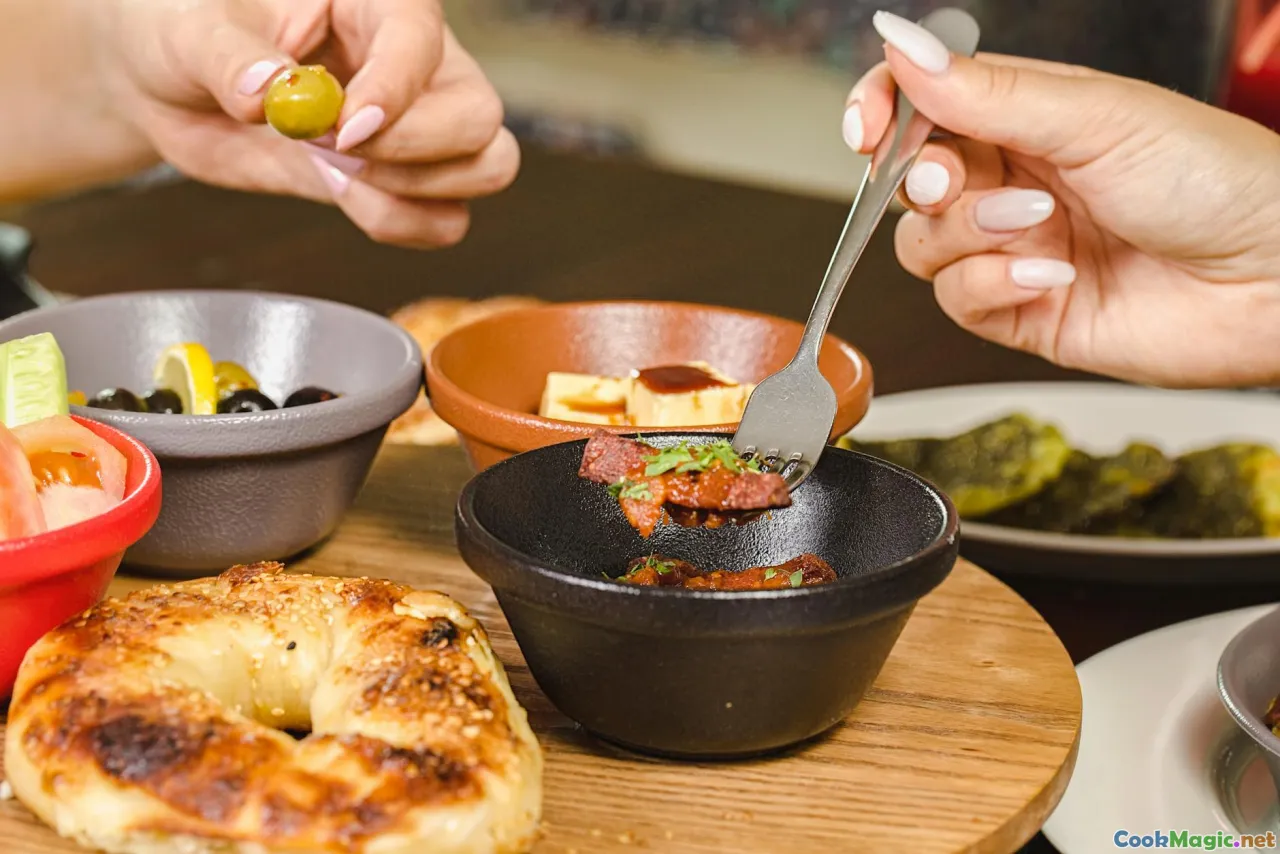How Immigration Shaped the American Breakfast Table
8 min read Discover how waves of immigration transformed the American breakfast, blending diverse flavors and traditions into a vibrant culinary tapestry. May 01, 2025 09:55
How Immigration Shaped the American Breakfast Table
Imagine waking up in a bustling American city—perhaps New York, Chicago, or Los Angeles—and the aroma of sizzling bacon mingling with the sweet scent of freshly baked bagels. The breakfast table, often seen as a simple start to the day, is in fact a rich mosaic woven from centuries of immigration, cultural exchange, and culinary innovation. The American breakfast, renowned for its hearty, comforting appeal, owes much of its diversity and complexity to waves of immigrants who brought their traditions, ingredients, and flavors to this land.
The Melting Pot Begins: Early Foundations
Long before the modern American breakfast became what it is today, indigenous peoples of North America enjoyed their own diverse breakfast traditions—think maize porridge, wild berries, and game meats. However, the true transformation began with European settlers in the 17th and 18th centuries. The Dutch brought their love for hearty breads and cheeses, laying the groundwork for bagels and cream cheese, while the Germans introduced sausages and hearty breads like rye.
The Influence of the British and Irish
By the 19th century, British and Irish immigrants arrived in droves, bringing with them a penchant for bacon, eggs, and tea—cornerstones of the traditional English breakfast. This influence is still evident today in the classic American bacon and eggs, often served with fluffy pancakes or toast. Irish immigrants contributed their own hearty fare, like soda bread, which found its way into the breakfast repertoire.
Waves of Immigration and Culinary Fusion
The true turning point in shaping the modern American breakfast came with the influx of diverse immigrant groups in the 19th and early 20th centuries. Each wave introduced new ingredients, techniques, and flavors that gradually melded into a uniquely American culinary identity.
Italian and Jewish Contributions
Italian immigrants popularized the bagel in cities like New York, turning it into a breakfast staple topped with cream cheese and smoked salmon. Jewish immigrants also brought lox, which became an iconic component of New York breakfast culture. The aromatic, chewy bagel paired with tangy cream cheese and silky lox creates a sensory experience—salty, creamy, with a satisfying chew.
Eastern European and Scandinavian Influences
Eastern Europeans introduced hearty dishes like blintzes—thin crepes filled with cheese or fruit—and rye bread, which became integral to breakfast spreads. Scandinavian immigrants contributed open-faced salmon sandwiches and crisp flatbreads, adding a fresh, briny note to the morning table.
Asian and Latin American Flavors
Later waves from Asia and Latin America added even more vibrancy. Chinese immigrants introduced congee—a savory rice porridge rich with toppings like scallions, preserved eggs, or pork—offering warm comfort on cold mornings. Latin American communities brought their own breakfast staples, such as huevos rancheros—spicy eggs on tortillas—and sweet plantains, which add a caramelized sweetness to the breakfast experience.
The Evolution of Breakfast Dishes
This melting pot of influences resulted in a vast array of breakfast dishes that reflect America's multicultural heritage.
Pancakes and Waffles: A Global Staple
While pancakes are often associated with American comfort food, their roots stretch across Europe—from French crêpes to Scandinavian pancakes. The incorporation of blueberries, introduced by Native Americans and later cultivated by European settlers, transformed pancakes into a quintessential American dish.
The Rise of Breakfast Burritos and Tacos
Mexican immigrants popularized breakfast burritos—large flour tortillas filled with eggs, cheese, beans, and salsa—offering a portable, flavorful morning meal. These have become emblematic of the Southwest's culinary landscape.
Bagels and Lox: A New York Icon
The Jewish immigrant community's love affair with bagels and lox epitomizes the fusion of European traditions with American innovation. The chewy bagel, with its shiny crust, paired with silky smoked salmon and cream cheese, exemplifies how immigrant communities adapted and elevated their culinary heritage.
Personal Reflections: A Tapestry of Memories
Growing up in a multicultural household, I remember mornings filled with the aroma of freshly brewed coffee, the crispness of frying bacon, and the sweet warmth of homemade pancakes topped with maple syrup. My grandmother, whose family emigrated from Italy, often started the day with a steaming bowl of congee from her Chinese neighbors, blending her own traditions with the diverse neighborhood.
These personal stories underscore how immigrant food traditions are not static—they evolve, adapt, and become part of everyday life, enriching the American breakfast table.
Today’s Breakfast: A Reflection of Diversity
In contemporary America, breakfast is as diverse as its people. Food trucks serve Korean-style breakfast bowls, café menus boast avocado toasts inspired by Australian brunch culture, and diners feature vegan, gluten-free, or plant-based options, reflecting ongoing cultural shifts.
The Cultural Significance
Breakfast in America now stands as a testament to resilience, adaptation, and cultural pride. It’s a daily celebration of the country’s immigrant roots—each dish telling a story of migration, survival, and community.
Conclusion
From the hearty, meat-laden plates of early settlers to the vibrant, fusion-inspired breakfasts of today, the American breakfast table is a living history of immigration. It embodies the spirit of inclusion and innovation, turning simple morning routines into a rich tapestry of global flavors. So next time you enjoy a stack of blueberry pancakes, a bagel with lox, or a spicy breakfast taco, remember—these dishes are more than just food; they are stories of perseverance, identity, and the enduring power of cultural exchange.
The next time you sit down to breakfast, savor each bite as a testament to America’s multicultural heritage—a delicious reminder that our greatest strength is our diversity.









